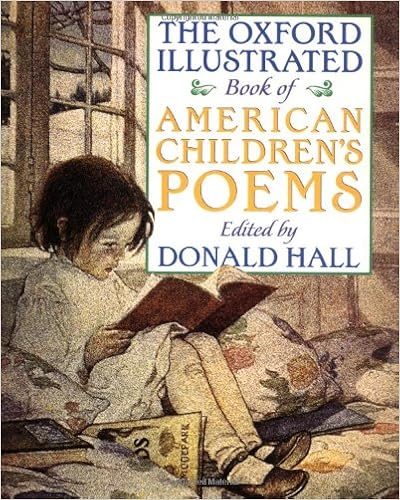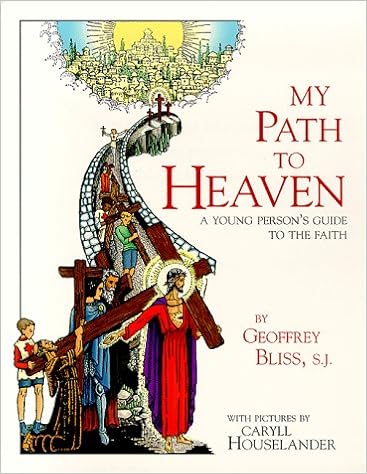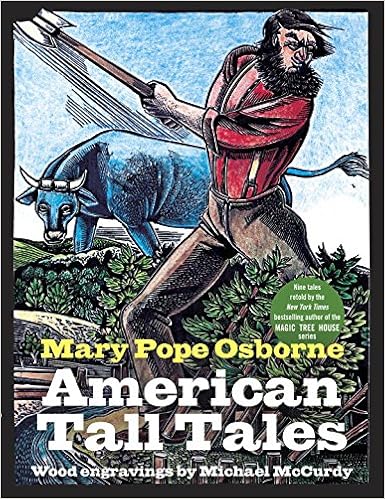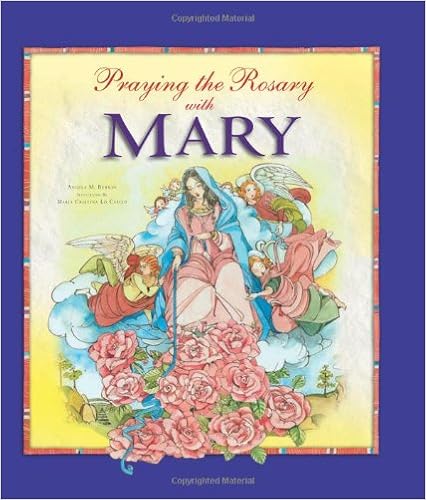Remember last year when I went crazy with the Managers of Their Homes schedule planning system? I was high on pregnancy hormones and ready to take on the world. And I did. And it was awesome. And if you don’t have a baby or toddler to add spice to your life, I still highly recommend the exercise.
I knew even as I was doing it that it wouldn’t last. A tiny part of me dared to dream that this baby would be different, this baby would be predictable, this baby would take two predictable naps a day alone in her crib allowing us to keep a tidy little schedule where we do math at 10:05 every morning. But most of me knew better.
I thought about repeating the scheduling exercise this year because it really was so helpful last year. But I know myself well enough to know that it would only serve to discourage me. And so this year I’ve taken a different approach to planning our days.
Baby number four is just as predictably unpredictable as her three older siblings. But I have changed. I have embraced the flexibility afforded by a baby that doesn’t take a two hour nap at 1pm every day. She goes with the flow and so we can continue to flow – fieldtrips and playdates and visits to Grandmother’s house can continue without fear of upsetting the baby’s schedule.
But how in the world do I teach the other three when I never know when or if the baby will sleep for more than 20 minutes?
We have a system.
It’s a flexible system. It’s a system that requires everyone else to be flexible. But it’s working.
So what is it?
I teach when I can.
What? You wanted something more revolutionary? More helpful? Let me elaborate and see if it helps.
Here are the 5 steps I follow to “schedule” our days in order to make sure we do everything we need to do.
1) Plan lessons
Each week I create a weekly plan for assignments. I know that I want to read and when and I plan which pages I will read on which days. I am super realistic about this. I know that 2-3 pages is ideal and that 4 pages is the maximum number of pages we will realistically get through of any book. I’m okay with this because my goal is not to read words in a book while in the presence of my children – my goal is to help my children make a connection with interesting and important stories and information.
I write out which songs we will sing, which math facts we will drill, which math lessons will be taught and on which days. I look at the whole picture so that I’m not trying to do a long reading, teach a difficult math lesson, set up a difficult science experiment all on the same day.
2) Plan and write out individual assignments
This starts the night before, or, if I’m really on top of things, the weekend before. Each of my kids has a number of subjects that they can do independently. I make a list each day to remind them what they need to do on their own that day. It’s pretty much the same every day, but the checklist helps keep them on track and accountable. “
This checklist is available to them so that they can get up in the morning and get right to work without me. When I need to go attend to the baby, they can do their independent work.
3) Begin my daily teaching with Morning Time
When school starts for the day, we start with Morning Time. This is the work we all do together. You can see what’s in our Morning Basket here.
This is where things get flexible. Sometimes Morning Time is right after breakfast and the baby joins us. Sometimes, the baby needs to go down for a nap right after breakfast and the kids start their individual assignments while I nurse the baby down for a nap. Sometimes the baby plays on the floor while I teach. Sometimes she nurses. Sometimes she hangs out in the Ergo. Sometimes Morning Time is split into two parts because baby gets fussy in the middle of it. And sometimes we enjoy a nice leisurely morning time with extra read-alouds because she sleeps quietly upstairs for three hours.
I’ve given up trying to make my babies do anything like sleep on a regular schedule. If you’ve accomplished that, I applaud and envy you! But if your baby is like all of mine have been, just work around it. They’ll eventually move into a new phase that complicates your life in a different way.
4) Teach individual lessons when I can
This requires all of us to be flexible. I might call a child from his individual work to teach him a math lesson. Someone might have to step away from the Legos for a phonics lesson. It might be before lunch. It might be after lunch. My only rule about this is that mommy is done teaching school at 2pm. My kids have to have all of their school work done before they can have screen time at 4 o’clock, so if they’ve messed around and been uncooperative and need me to give them a spelling quiz at 3:45 so they can have screen time at 4pm, they’re out of luck.
5) Stick to the plan
This is really the meat of it. I made a plan. I was very realistic about it, so it should be doable. I left room for life with a baby. So long as nothing out of the ordinary happens, I should be able to check off everything on my list. This is where my discipline comes in. It’s hard to pull the kids away from an elaborate game they got going with while I was busy with the baby, but I made the plan for a reason. I went through a super involved, very intentional, prayer-led planning process to select the material I want to teach to my children. I need to stay true to that plan in order to stay true to my vocation. So even if the kids are all playing nicely and I could be free to read or blog, if the school work isn’t done for the day, I need to teach.
We’re three weeks in and this system is working quite well for us. It gives me the flexibility I need to take care of the baby, and it also allows me the freedom to hit Jazzercise a couple of mornings a week, to invite a surprise visitor in for a few minutes, or to allow a leisurely breakfast. It takes advantage of the benefits of homeschooling without devolving into habit of never quite making it to that school stuff we meant to do.
So what’s working for you regarding schedules/routines right now? Are you finding you seek more or less structure than you did a year ago? What are the keys to making your day feel good? I love to hear from you!

















